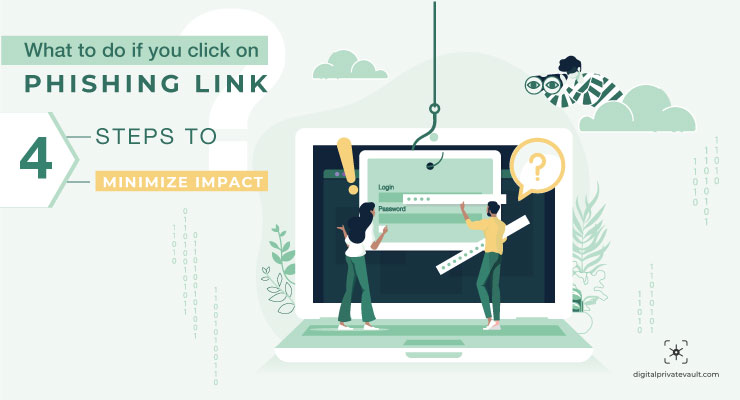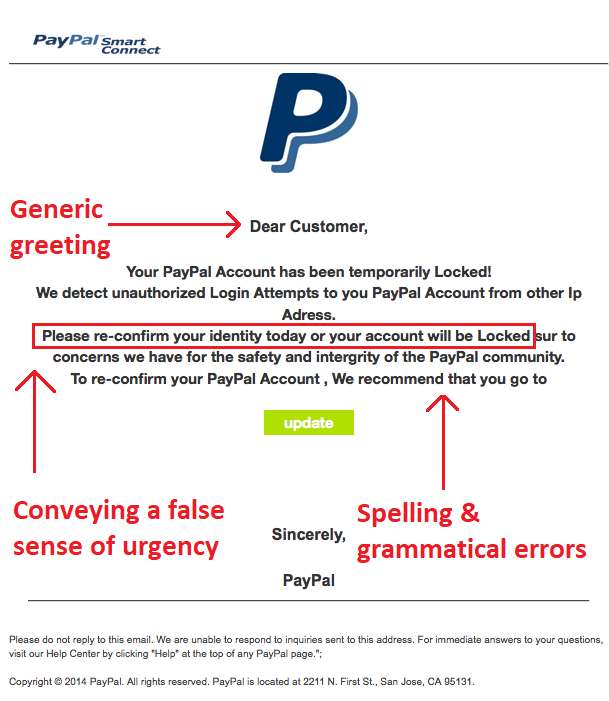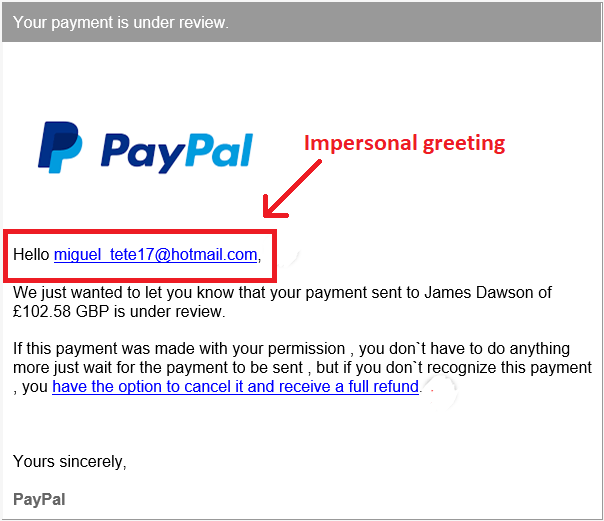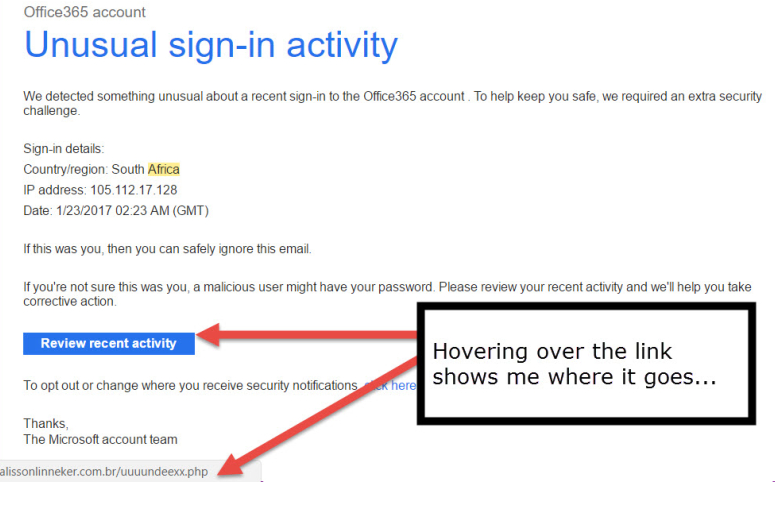06 Nov, 2019

Have you fallen into a phishing trap? Wondering what to do after clicking on a phishing link? Here, follow these steps to minimize impact and save yourself from these pernicious attacks.
Phishing is so common these days that it contributes a massive one-third part of the overall data breaches. And the reason why it’s so prevalent and successful is that — it exploits the hard-wired human instinct of trust, fear and carelessness. Just a little bit of trickery, manipulation and some digital sleight, voila — the victim is easily outwitted to handover sensitive information.
Even your email inbox right now might have swamped with phishing emails. And on a bad day, before you could realize, you might fall into the pernicious phishing trap. So what to do if you click on a phishing link? Here, take these steps right away.
The first thing that you must do is to disconnect your device from the internet. If the device is connected to the internet via ethernet wire — unplug it. While if you are connected through the WiFi, disconnect it or even power off the router. This will prevent the malware from spreading to the other devices connected to your network.
In the wake of the phishing attack, your data is prone to get destroyed or deleted. So once you disconnect your device from the internet, the first thing you must do is back up your important files — personal files, photos, videos and important documents. You can backup your data on external drives, thumb drive or SD cards.
However, it’s always a good practice to regularly backup your important data. This ensures in case the primary source gets corrupted or faces some technical issues or cyber attacks like these, you’ll a copy of your files.
While now you have backed up your data, it’s time to perform a system scan. As per research by Avana, a cloud security platform, 51% of phishing attacks contain links to malware. This malicious software can then be used to steal data or monitor your activities. Thus, you need to perform a system scan to check and remove the malicious software injected through the phishing link.
For this, you’ll need an up-to-date antivirus software and run a full system scan. Many anti-viruses may ask for access to the internet to perform the scan but you can even proceed without it. (The reason we are disconnecting the internet is to prevent it from spreading to other devices connected to the same network.) Once the scan is completed, you’ll be notified about any infected file found on the device that must be deleted.
Clicking on the phishing link opens multiple doors for hackers to get access to your confidential information. The link may have exposed you to the malicious program that can steal your data such as pins and passwords. Thus, you must change the passwords right away to avoid the aftermath.
While even worse, if the attackers are successful in manipulating you to provide your bank and card details through a ploy website, you must immediately contact your bank to block your cards and transactions.
Moreover, while creating new passwords, make sure they are strong enough to survive any kind of password-cracking techniques. And never use the same password for multiple accounts. It is also advisable to add an extra layer of security with two-factor authentication wherever you get this option.
So now you know what to do if you click on a phishing link. But it’s always better to stay cautious and avoid falling victim to such attacks.
The best way you can save yourself is by staying informed and learn to detect such phishing emails. Let’s understand what are the telltale signs of phishing emails and how to spot one in your inbox.
If phishing is something new to you, this might seem tricky at first — but just understanding the basics, a few tips and alertness will help you to easily differentiate fake ones and avoid clicking on the phishing links.
First, let’s see what does a phishing email looks like.

The above example shows a few basic signs to spot a phishing email, however, there’re a lot of other clues to recognize it. Here, look out for the following things in the emails to avoid being tricked by the attackers.
Most of the phishing emails contain a generic and impersonal email such as “customer”, “user” or your [email ID]. But emails from legit sources will have your name or registered username in the greeting.

The phishing email may contain links to malware or fake websites designed to steal your information. These links may read perfectly fine but redirect you to an another website or injects malware.
Always ensure to hover the mouse and check the destination of the link before clicking it. Once you hover the mouse on the button or the link, you’ll be able to check the correct URL at the bottom left of the browser window.

Reputed organizations hire professional writers to look after their email copies. They make sure the emails you get are error-free and grammatically correct. While in the phishing emails, if you check carefully, you’ll be able to spot typos, unnecessary exclamation marks, random capital letters and poor grammar.
Apart from links, phishing emails contain unknown attachments masquerading as invoices, statements or contracts. These attachments contain malware that can infect your device. Avoid opening them unless you are sure that it is from a familiar and legitimate source.
Some phishing emails may contain offers and promotions that seem too good to be true — such as lottery or sweepstake.
Phishing is a type of social engineering that uses psychological tactics to manipulate people. This manipulation includes creating a sense of urgency, curiosity or instilling fear in the victim.
For example, phishing emails may intimidate you to take immediate action by clicking the link or else the account will be suspended. Whenever you get such type of emails, always remember the legitimate organizations won’t ask you for your details over the internet. And if you are still unsure, always confirm it by contacting the official customer support of the company.
So now you know what to do if you click on a phishing link, and also how to spot the phishing emails. Cybercrimes like these are growing at an exponential rate and under no circumstances, they seem to slow down. That’s why staying informed and some prudence can help you avoid a catastrophe.
Since you are here, check Digital Private Vault, a gallery vault app that helps you store and hide your confidential data on your smartphone.
 7767
7767 By Goldy Benedict
By Goldy Benedict  By Goldy Benedict
By Goldy Benedict